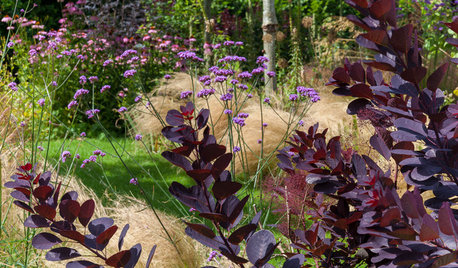I had to pay big bucks for this one. I wanted a smaller size and was willing to wait, but was told he wasn't sure if he could get any more, they are very hard to get. This is fresh stock, but would you call this rootbound? Almost looks field dug to me. Aren't those big roots that have been cut off, at the bottom?
Is this in the normal range for conifer roots?
Then what about the Pendula Bruns roots I posted about separately, where Dave was kindly guiding me.
I am very frustrated, and these images getting goofed up isn't helping.
This post was edited by wannabeGardnr on Sat, Sep 14, 13 at 16:27










wannabegardnrOriginal Author
wannabegardnrOriginal Author
Related Professionals
Glen Ellyn Landscape Architects & Landscape Designers · Hyattsville Landscape Architects & Landscape Designers · Taylorsville Landscape Architects & Landscape Designers · Clark Landscape Contractors · Fort Wayne Landscape Contractors · Gloucester Landscape Contractors · Hannibal Landscape Contractors · Hendersonville Landscape Contractors · Lees Summit Landscape Contractors · Medford Landscape Contractors · North Highlands Landscape Contractors · Paramount Landscape Contractors · Riverview Landscape Contractors · Santa Maria Landscape Contractors · Kingsburg Landscape Contractorsgardener365
ken_adrian Adrian MI cold Z5
wannabegardnrOriginal Author
whaas_5a
wannabegardnrOriginal Author
hairmetal4ever
wannabegardnrOriginal Author
Embothrium
ken_adrian Adrian MI cold Z5
wannabegardnrOriginal Author
Embothrium